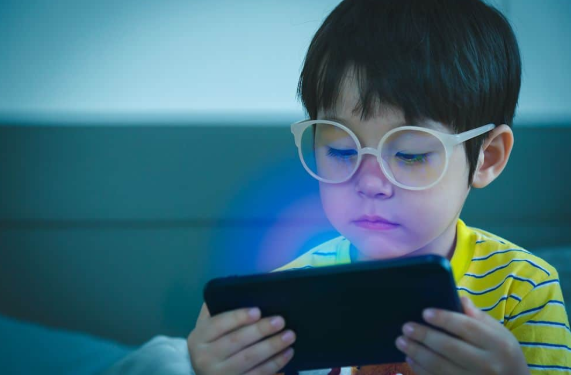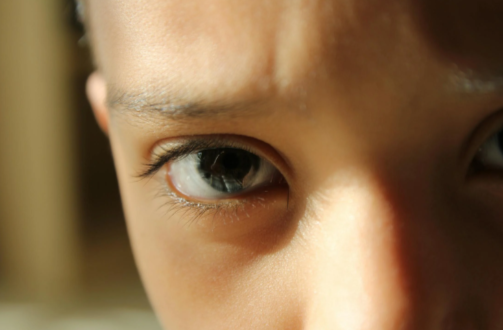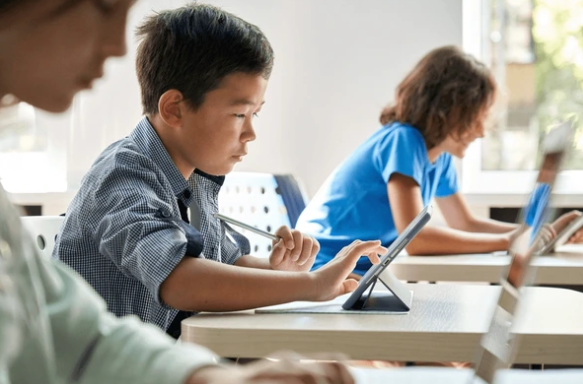Blue Light filter vs UV protection: What is the difference?
- Urband Creative
- Aug 15
- 2 min read
When it comes to protecting your child’s eyes, there are many lens options available, and it’s easy to get confused. The two terms often heard are “Blue Light Filter” and “UV protection.” While both are important for eye health, they serve very different purposes.

Let’s break down what they really mean and why your child might need both.
What is Blue Light?
Blue Light is a high-energy, short-wavelength light emitted by digital screens such as phones, tablets, computers and Televisions. It is also present in natural sunlight, but with the increased usage of screens, exposure has become more constant, especially in kids.

Effects of Blue Light on Children
Eye fatigue or discomfort after screen use
Difficulty sleeping (blue light can disrupt melatonin production)
Possible contribution to digital eye strain
Increased risk of long-term eye

It helps to reduce glare and screen-induced eye strain, especially during long hours of study or play. Some lenses have a slight yellow tint, while others are clear with invisible coatings.
What is UV Protection?
UV (ultraviolet) light comes mainly from the sun. It is invisible, but too much exposure can be harmful to the eyes and skin.

Effects of UV on Eyes
Increased risk of cataracts later in life
Damage to the cornea and retina
Development of eye conditions like pterygium (surfer’s eye)
Potential early onset of eye diseases
UV protection in lenses works like sunscreen for the eyes. It blocks out UVA and UVB rays, shielding your child’s vision during outdoor play, especially under strong sunlight.
Key Differences Between Blue Light Filter and UV Protection

While both blue light filters and UV protection aim to protect your child’s eyes, they work in different ways and are used in different situations:
Blue light filter lenses are best used indoors, especially during long hours of screen time
UV protection is essential outdoors, to block harmful sun exposure
Blue light lenses may have a slight yellow or blue reflection due to the special coating
UV-protected lenses are typically clear or tinted and often used in sunglasses or clip-on sun lenses
Blue light filters and UV protection are not the same but both play a vital role in your child’s eye care. Think of them as two shields working together: one for screens, one for sunlight.

Explore eyelet’s collection of kid-approved, parent-trusted eyewear that grows with your child. Check out our Product Page for more!
Want to explore more eye care tips? Read our latest blogs on our website!




Comments